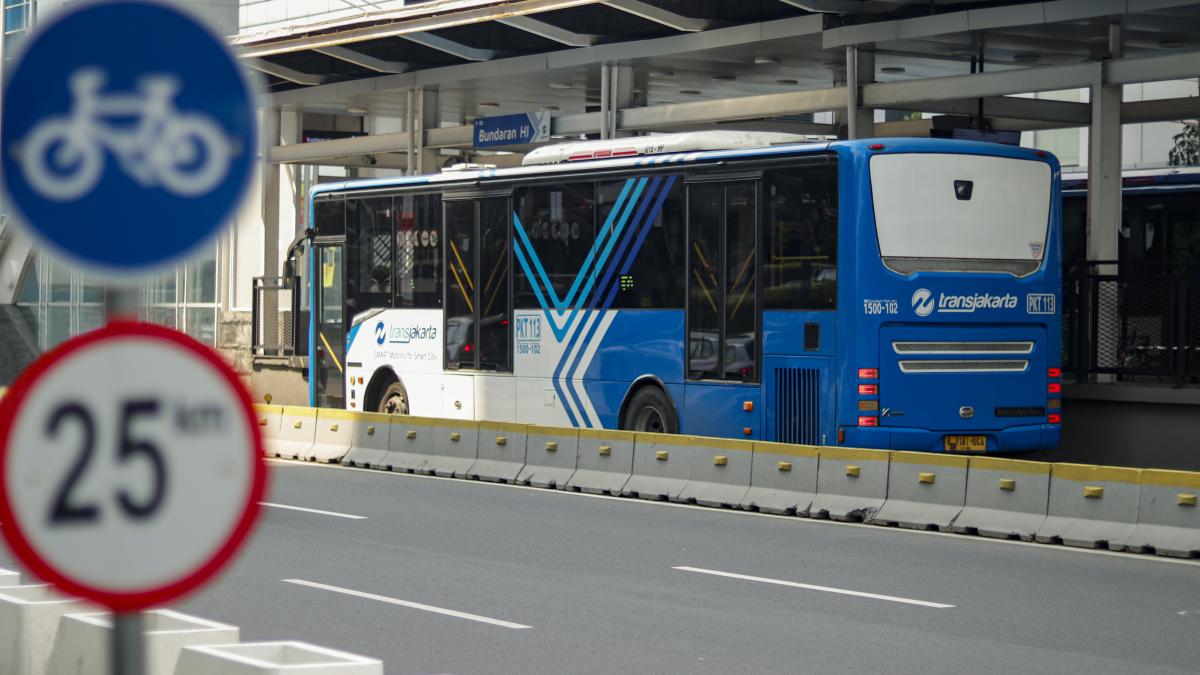Twenty years ago, the United States, through USAID, worked with the Institute for Transportation and Development Policy (ITDP) to design a new Bus Rapid Transit (BRT) system for Jakarta. The system, known as Transjakarta, opened its first transit corridor in 2004. That 13-kilometer route was the first installment of what is now a 244-kilometer system—the longest BRT system in the world.
Before Transjakarta, bus commuters had to rely on a patchwork of unreliable services. Without dedicated routes, buses would make unplanned stops anywhere along the street, contributing to Jakarta’s worsening traffic congestion. Buses often just slowed down in traffic, forcing passengers to jump on or off, which caused injuries as people sometimes fell onto the street.
USAID recognized the potential for a BRT system operating in dedicated lanes to transform Jakarta’s transportation services. USAID invited then-Governor Sutiyoso to Bogotá, Colombia to experience that city’s Trans-Milenio BRT system. Governor Sutiyoso returned home impressed and determined to build a safe, reliable bus system that would be affordable for all Jakartans.
Supported with $2 million of technical assistance from USAID, ITDP worked with the Jakarta city government to plan and build the new system’s first transit corridor. Transjakarta was the first BRT system in Southeast Asia. Today, it is the largest BRT in the world, supporting 11 million people to crisscross Jakarta every day.
“When ITDP came to us with their plan to help the city design Transjakarta in the early 2000s, I was immediately impressed with the possibilities for transforming transportation in this megacity—particularly for the urban working class who lacked other reliable options,” said Alfred Nakatsuma, USAID’s project manager for the Transjakarta initiative and head of USAID’s Asia Clean Air Team. “I’m proud of the role USAID played in Transjakarta, which provides safe, reliable, affordable transportation for the working class, while reducing air pollution and alleviating traffic congestion.”
Today, Jakarta is a showcase of the benefits of BRT for cities across Asia and beyond. Since it first opened in 2004, the Indonesian government has continued expanding Transjakarta into the enormous transit system that serves Jakartans today. With more than 760,000 daily riders traveling its 244 kilometers, Transjakarta has become an integral part of Jakarta’s transportation ecosystem, demonstrating the lasting value of this collaboration between the United States and Indonesia 20 years ago.






